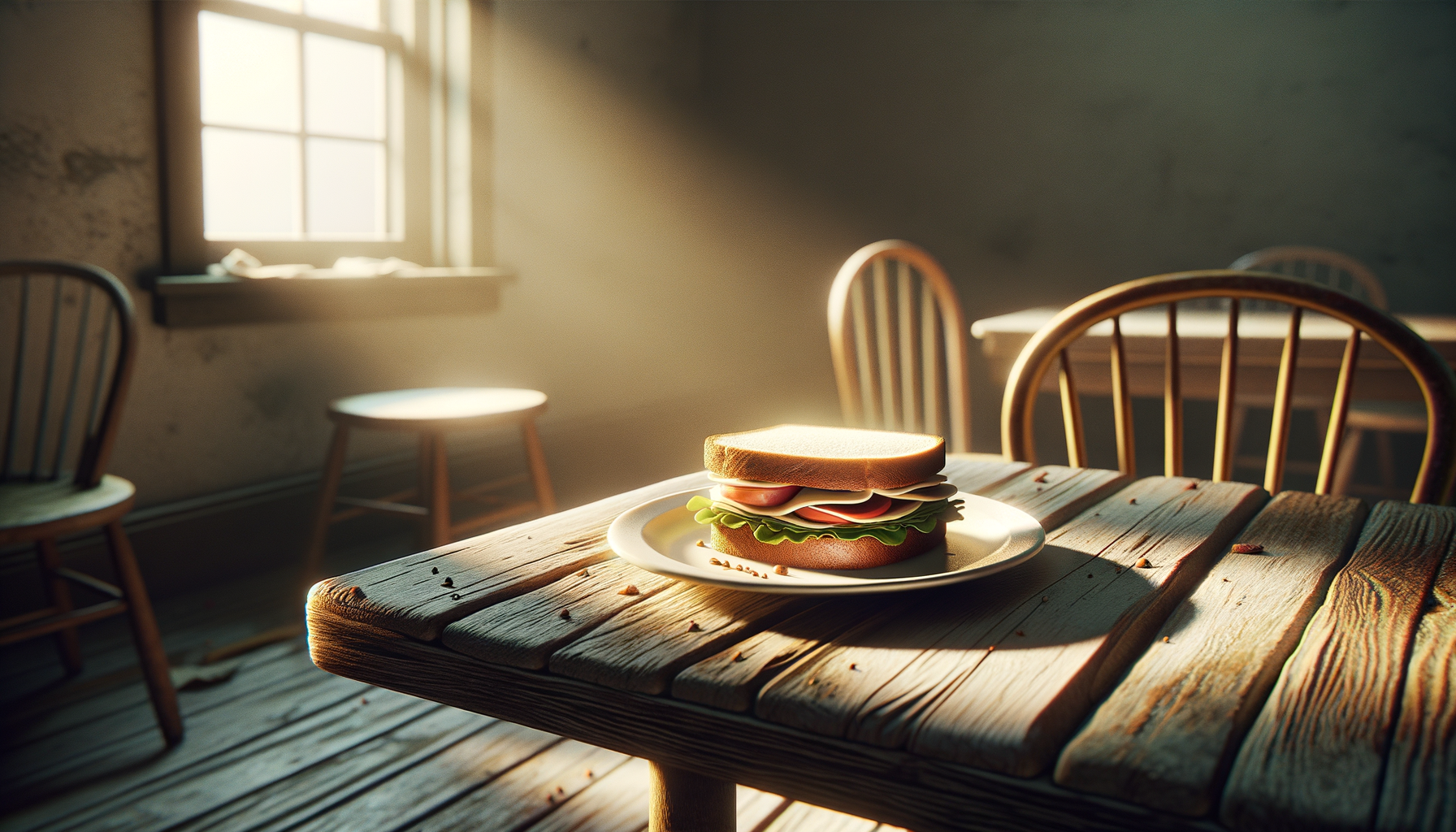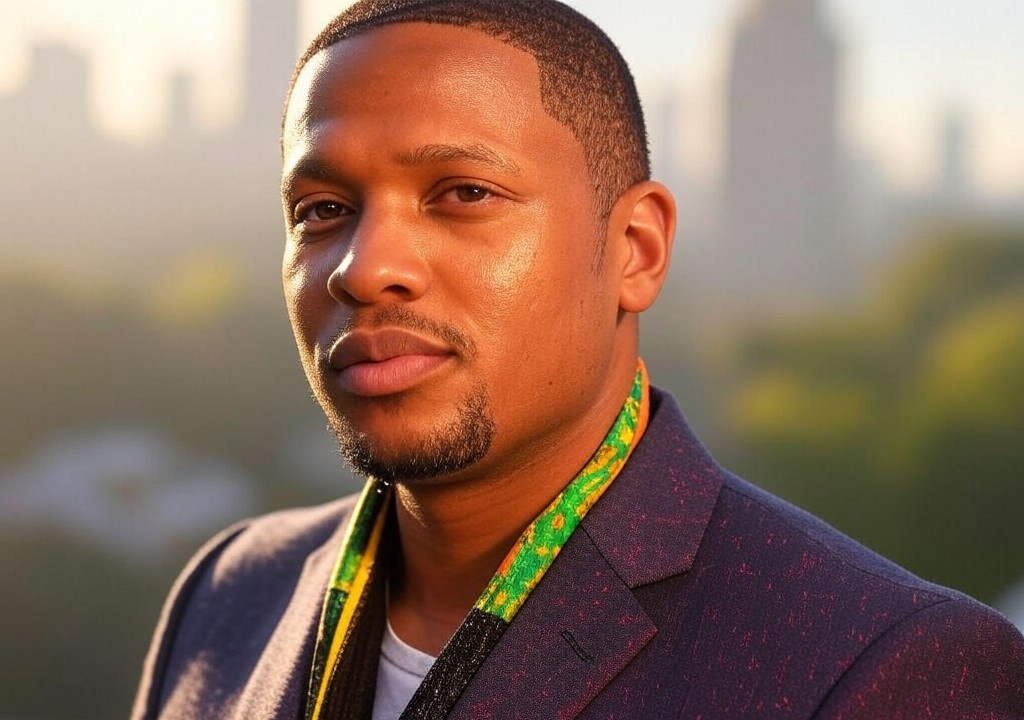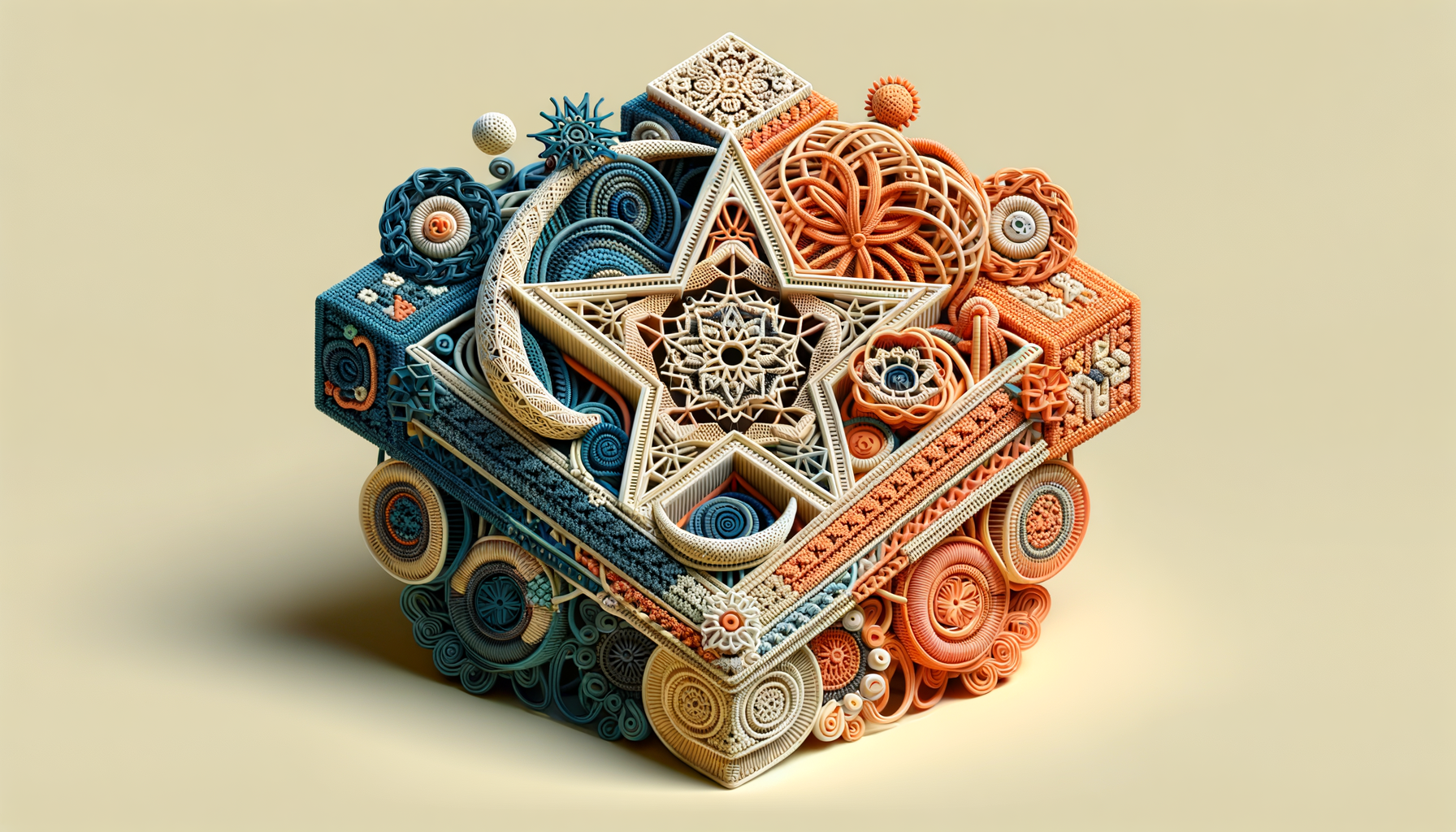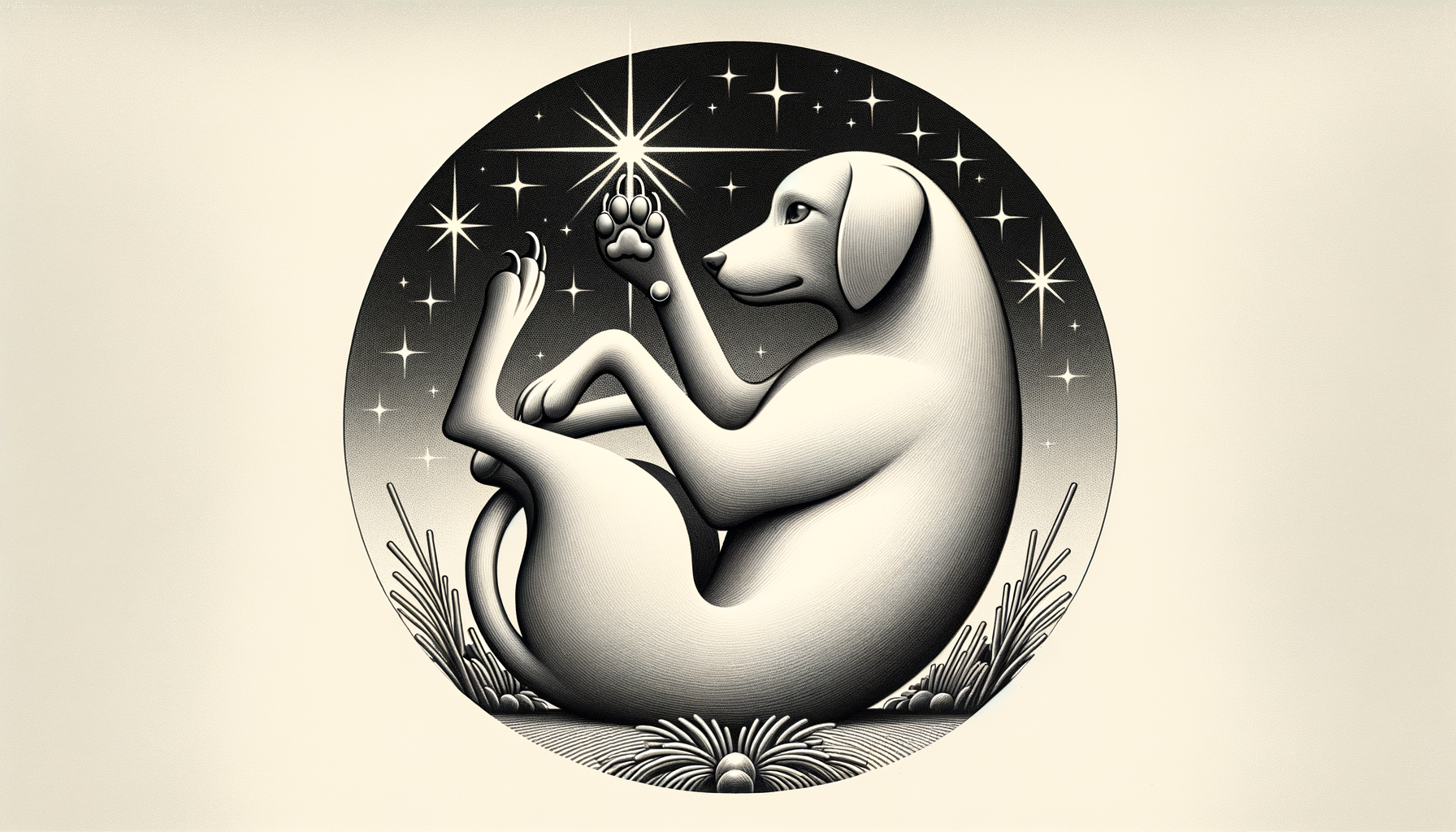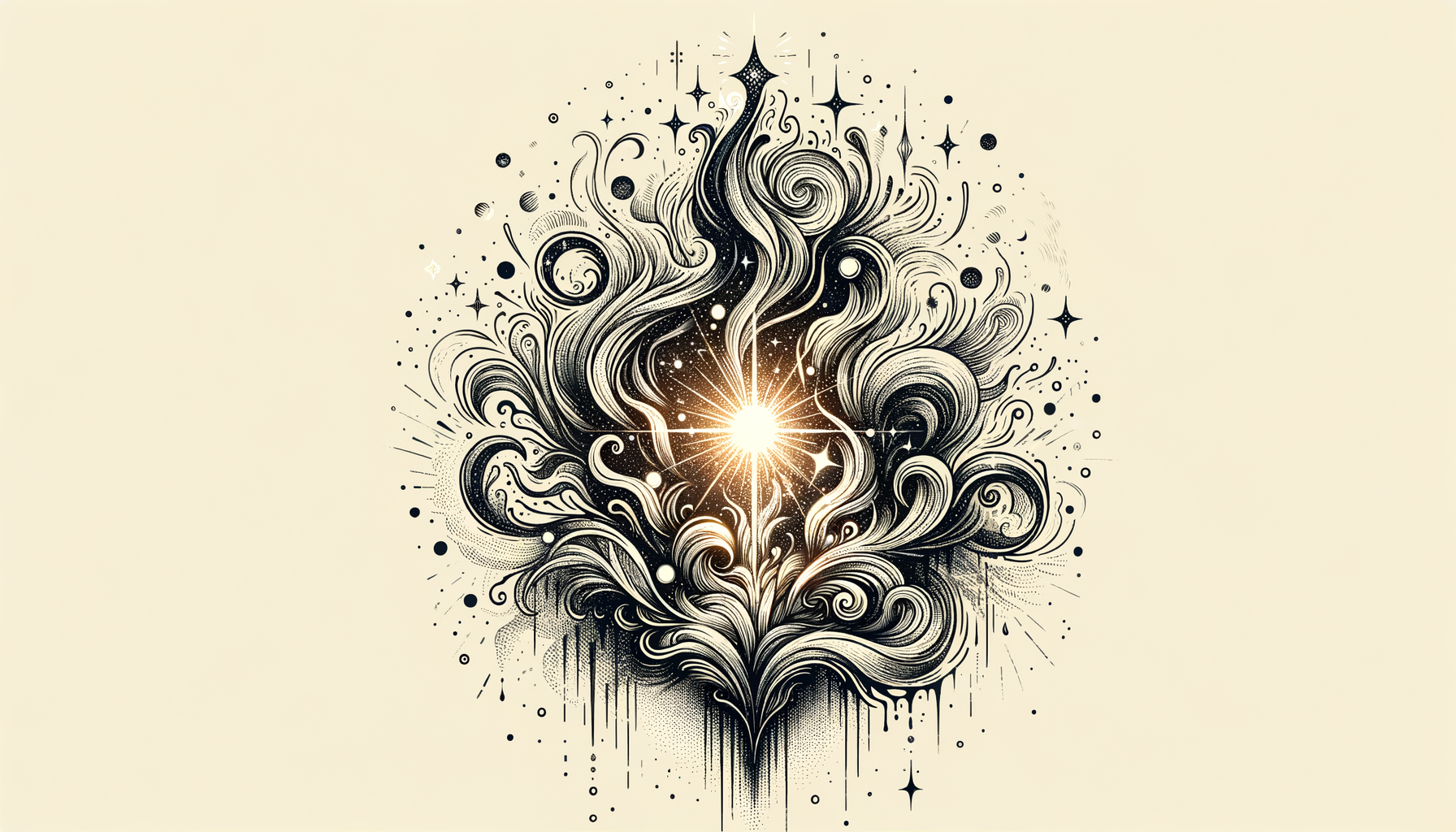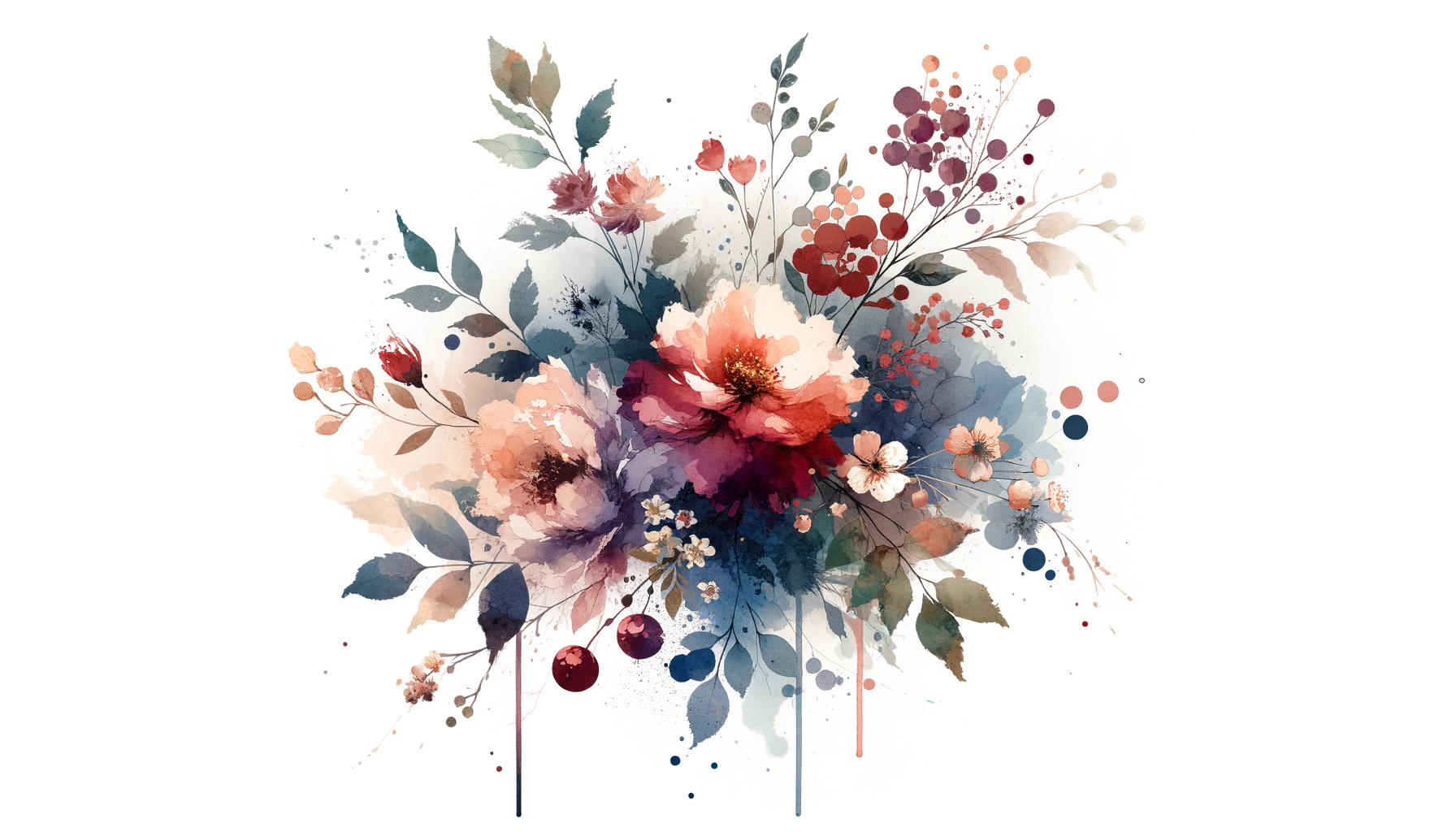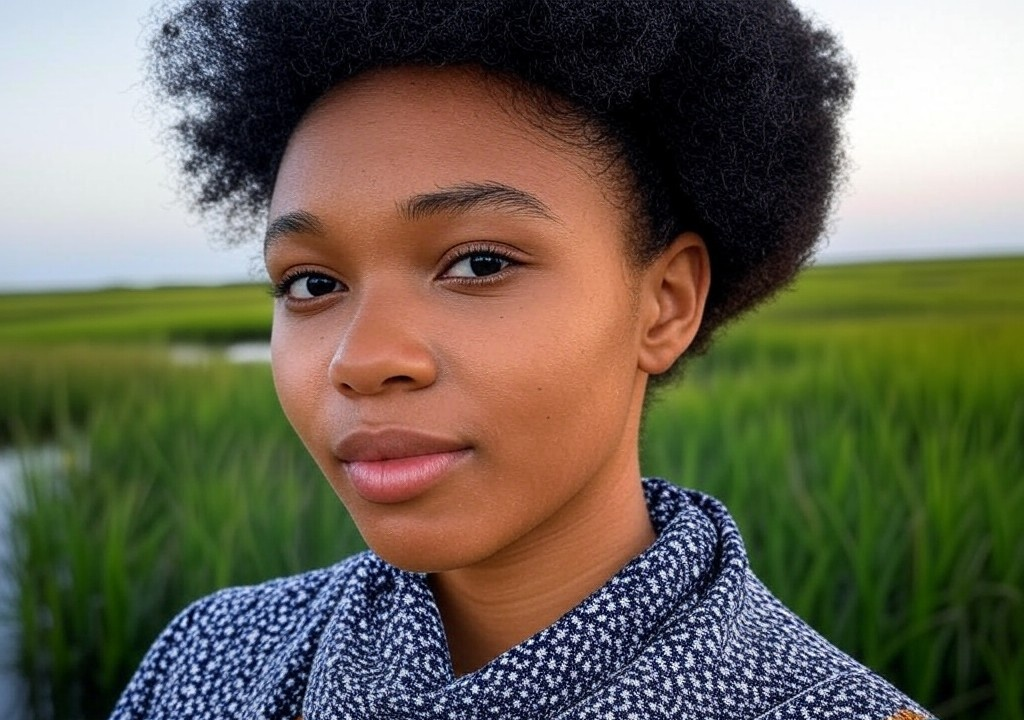“You see this scar?” I asked the group of kids gathered around me when I was still teaching high school lit in Queens. Rolling my sleeve up to reveal a faint, jagged line on my forearm, I waited for the inevitable gasp. One kid piped up, “What happened, Mr. O?” Without missing a beat, I deadpanned, “Shark attack… off the coast of Lagos. My swimming career ended that day.”
They fell out laughing, but the truth was far less exotic. At eight, I tried to impress my older siblings by climbing a mango tree barefoot. Rookie move. I slipped, got snagged by the bark, and needed four stitches. The scar remains faint but proudly there—my childhood summarized in one slightly crooked line.
We all have scars—some metaphorical, some literal. They’re marks of lessons learned, battles fought, or leaps of faith attempted. In relationships, scars are often the baggage we carry or even the quirks that make us unapologetically us. The question isn’t whether you have them but what story they tell. And in love? Sometimes, the scars make the best plot twists.
The Beauty of Bruises: Why Scars (and Their Stories) Matter in Love
If you’ve ever been in a dating conversation that hit a lull, you’ve probably defaulted to “What’s the craziest thing that’s ever happened to you?” That’s scar talk in disguise—a little excavation of someone’s story that reveals their edges, their humanity. Scars are proof you’ve lived. They’re the highlight reels of your failures, your near-misses, your resilience.
Think of film characters with a scar—Harry Potter’s lightning bolt, Killmonger’s ritualistic marks from Black Panther, even Tyrion Lannister’s facial disfigurement. What makes those scars compelling is less about how they look and more about what they mean. They aren’t flaws—just road maps of someone’s personal history. In life and in love, our scars work the same way. Show me someone who’s never been hurt, and I’ll show you someone who’s never tried.
Literal Scars: Living Proof of Adventure
The literal ones are easier to spot and often funnier to explain. I once dated someone who had a tiny crescent-shaped scar above her eyebrow. She called it her “halftime scar,” from a college debate competition where someone accidentally hit her with a rogue chair during setup (debate teams are wild, apparently). I thought it added character, a reminder that she went all in for what she cared about—even if that was a heated argument about agricultural policy.
Here’s the deal: scars, big or small, tell stories about how you live. Did you slice your thumb prepping jollof rice for a party? Tear an ACL learning to ski for the first time because your date was a pro? These aren’t just embarassments; they’re badges of effort, of trying. And trying—whether it’s falafel with too much harissa or committing to a relationship that scares you—is always attractive.
Metaphorical Scars: The Real Telltale Signs of Resilience
But let’s talk about the metaphorical marks—the ones people can’t see but can definitely feel. These might run deeper than anything a mango tree or rogue chair could inflict. They could be the breakup that left you doubting yourself, the family struggles that taught you emotional distance, or the nights spent questioning whether you’re enough. Yeah, those are heavy—but real love is heavy stuff.
I’ve got my own share of scars from relationships. Once, right before I moved upstate for my MFA, I had what I thought was a perfect romance. We talked like we’d known each other forever, danced offbeat to Fela Kuti tracks in her tiny Brooklyn apartment, and even kept a shared Spotify playlist going. But the reality of long distance taught me that passion alone doesn’t equal a partnership. It stung for years after, but that heartbreak taught me the value of aligning your lives, not just your vibes.
Your scars, metaphorical as they might be, do double-duty: they’re shields but also compasses. They protect you from stumbling into the same cycle but also guide you toward someone who fits the new, healed version of you.
Let’s Get Real: How to Own Your Relationship Scars
So, how do you share your scars—literal or figurative—without sounding like you’re hosting a TED Talk on trauma? Here are some ways to embrace what comes with them:
-
Learn Your Lesson (and Share the Punchline):
Think of your scars as plot points. If you learned something from them, share the insight, not just the pain. “I dated someone who hated plants, and we almost broke up over my monstera. Big takeaway: never compromise on the things that make you happy—plants or otherwise.” Your stories become lessons others find endearing. -
Don’t Let Scars Define You, but Don’t Hide Them Either:
It’s tempting to downplay the things that shaped you, especially if they’re messy. But there’s power in saying, “This left a mark on me, but I’m better for it.” Confidence comes from showing up as you are, mango-tree fall and all. -
Use Humor! Seriously, It Works:
Remember that shark-attack joke? It’s amazing what an ounce of lightheartedness can do for vulnerability. Try: “Yeah, that breakup left me with trust issues—but at least I got free HBO for six months from the account we used to share.” Laughter lets people soften before they connect with you on a deeper level. -
Ask About Theirs (Connection Is a Two-Way Street):
Once you’ve opened up, ask them about theirs. Sharing stories makes people feel seen and builds intimacy. Bonus points if you share the most embarrassing one. (“I once sprained my elbow leaning too hard on a bar counter trying to impress someone.” True story from another friend of mine. No romance came of it, but a glorious scar story was born.)
Scars Are Sexy. (Yes, Really.)
The truth is, scars—visible or invisible—are magnetic. They’re a testament to life’s unpredictability and your ability to push through it. When I started dating my now-partner, I remember noticing a small scar on her wrist during one of our first dinners. She joked that she’d slipped while cooking suya for a family potluck. Right then, I saw the woman who shared my cultural roots, would risk fire for the people she loves, and could laugh about it after.
It became part of what I loved about her. Not the scar itself, but the woman who walked away from it stronger (and apparently much more cautious around sharp knives).
So embrace your scars. Call them what they are—artifacts of your past, evidence of a life well-lived. They’re not flaws; they’re features. And when someone comes along who isn’t afraid to trace the edges with curiosity, even admiration, you’ll know they’re worth keeping close.
The Takeaway
Every scar is a story, every story is a doorway, and every doorway opens to connection if you let it. Relationships aren’t about presenting the glossy, airbrushed version of yourself but inviting someone to explore the mess—the heartbreaks and hilarity, the tears and triumphs.
So roll up your sleeves, show the dings and dents, and tell the truth: “Here’s how I got this one. What’s your story?”




